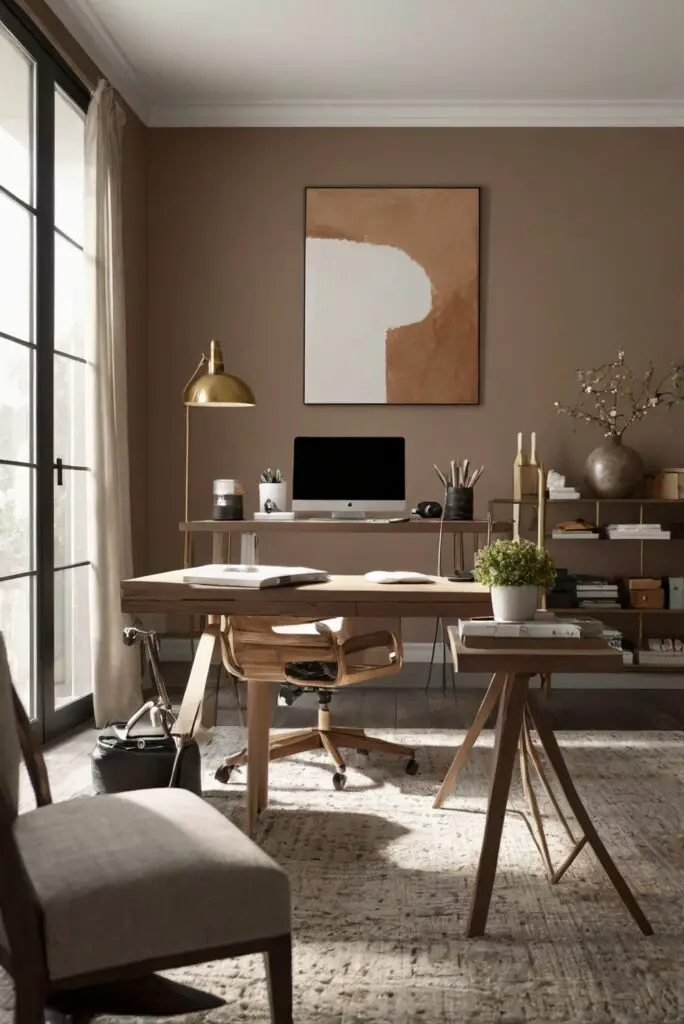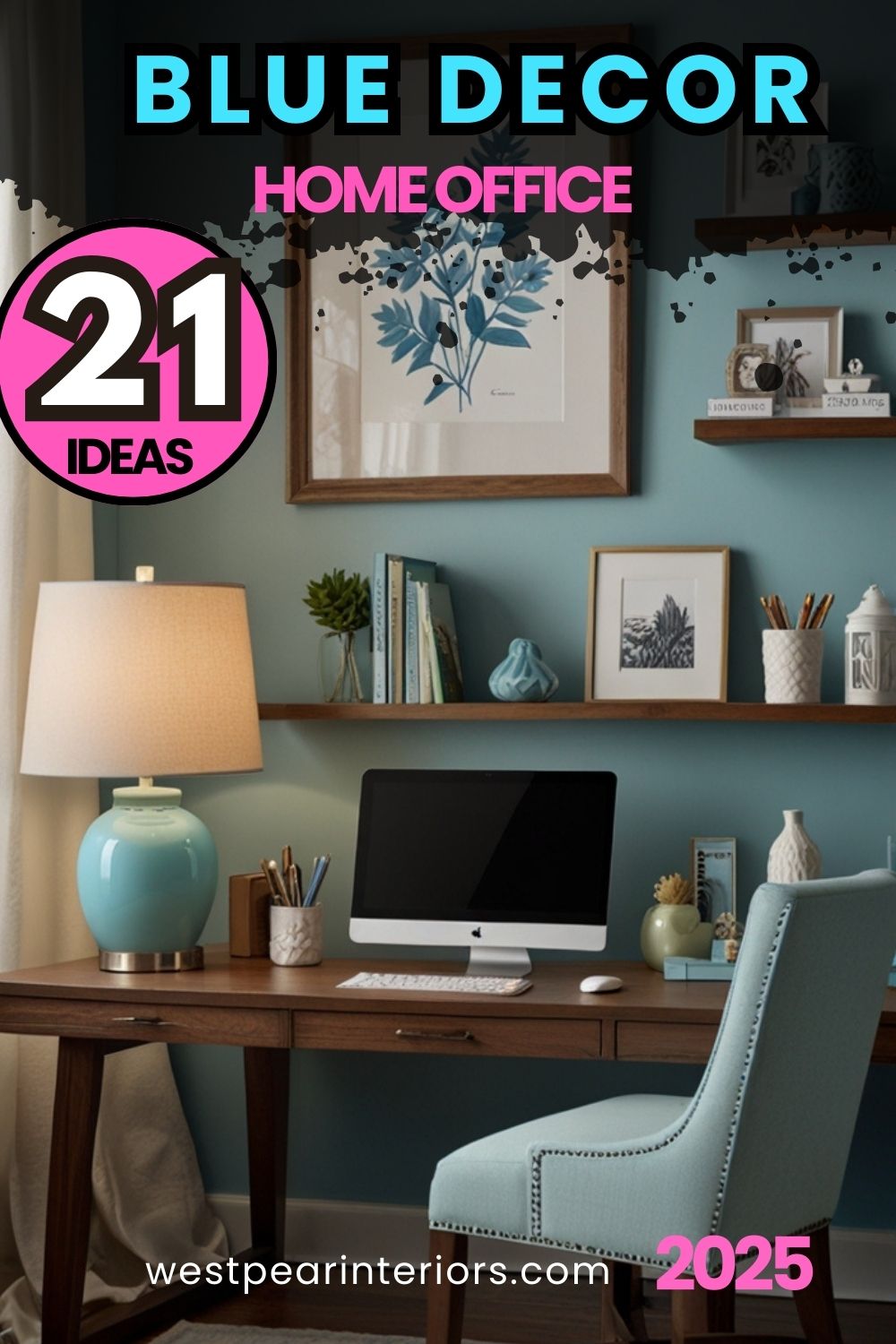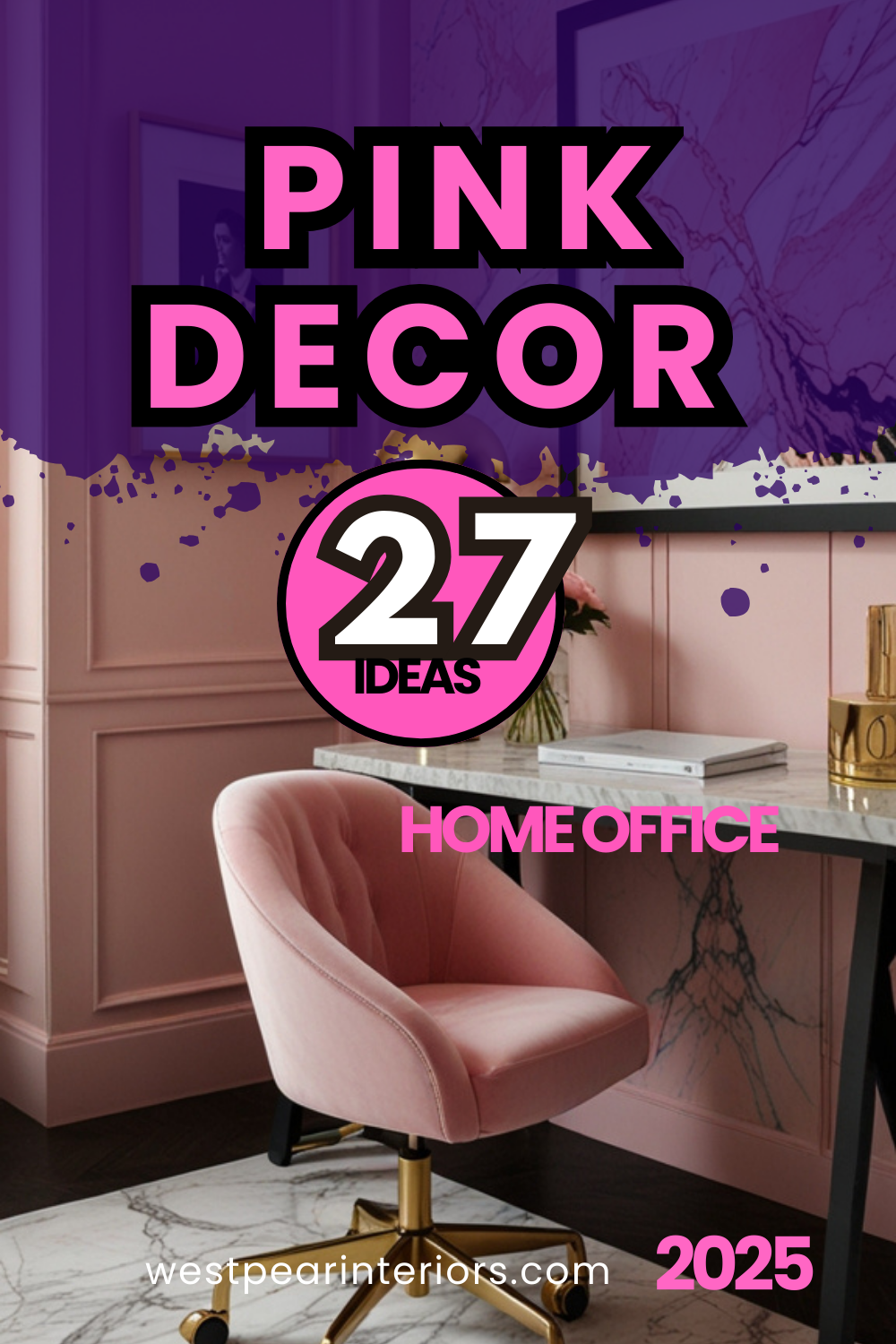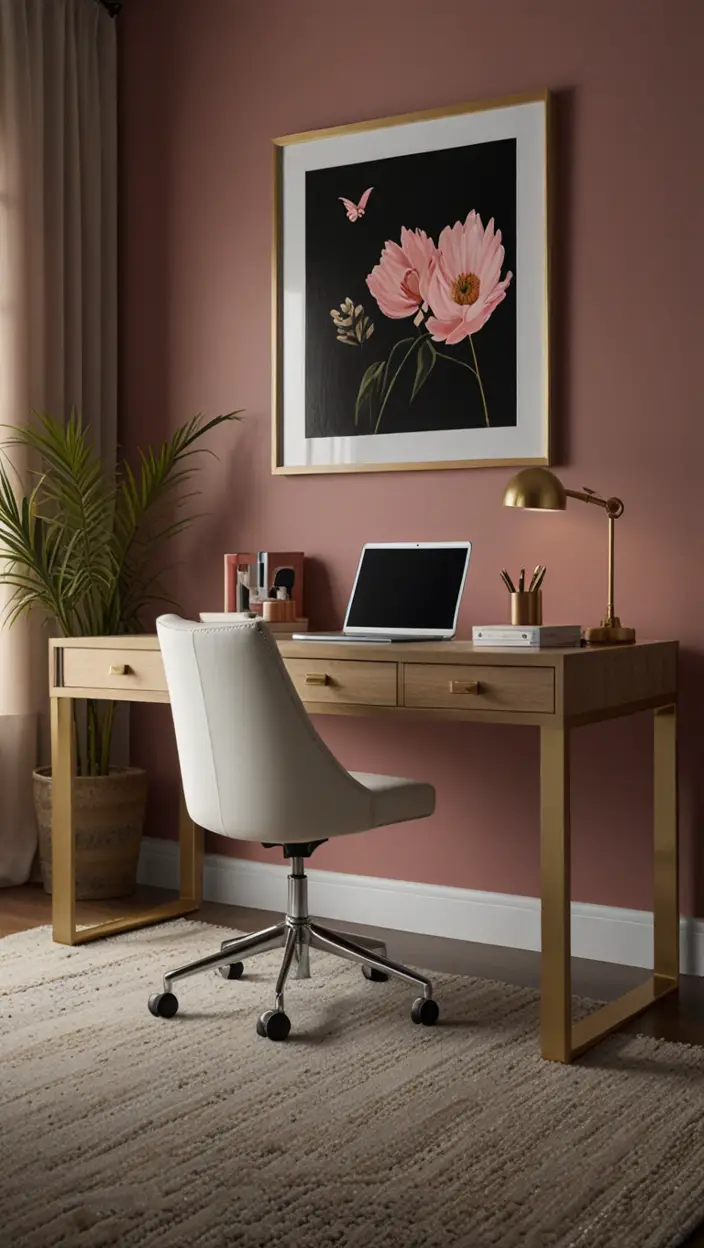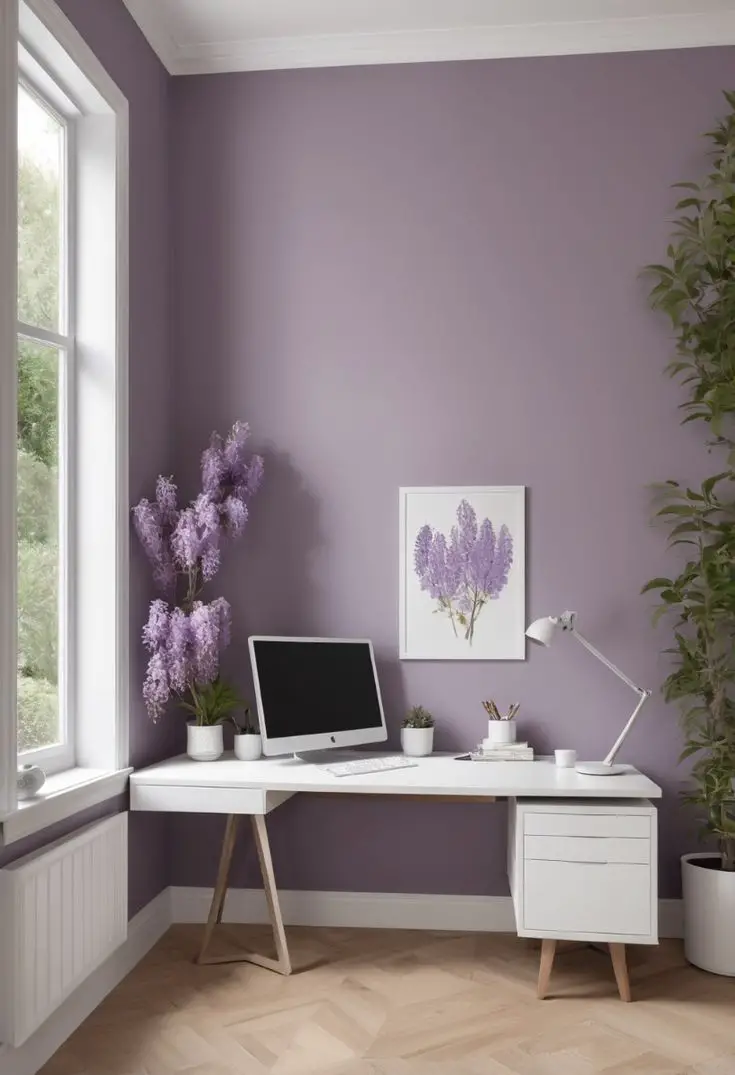Discover how accent colors can transform your home office decor and create depth in just a few simple steps. Unleash your creativity with a splash of color!
My favorite way to use accent colors to add depth to home office decor is by incorporating them through small accessories such as throw pillows, artwork, or desk organizers. These accents can introduce pops of color that complement the overall color scheme of the room. Additionally, selecting a bold accent color to paint one wall or a specific piece of furniture can create a focal point and add visual interest. When matching colors, consider using a color wheel to find complementary or analogous hues. Proper organization of these accents is essential to avoid a cluttered look; consider grouping items by color or theme to maintain cohesiveness in your home office space planning.
How can I choose the right accent colors to complement my existing home office decor?
Choosing the right accent colors for your home office can significantly impact the overall look and feel of the space. Start by considering the existing color scheme in your home office. Look at the dominant color and select accent colors that complement it. One popular method is to use the color wheel to find complementary colors. For example, if your walls are a neutral gray, consider accenting with a pop of mustard yellow or teal for a vibrant contrast.
My Lovely Spring Paint for 2025
Ready for a Spring Makeover? Explore the Freshest 2025 Paint Trends!
White Sage/Green SW Pistachio green Soft blue Honeysweet/Orange Pink Sugar Sage Tint BMAs an Amazon Associate, I may earn a commission from qualifying purchases at no extra cost to you.
Additionally, take inspiration from your favorite pieces of furniture or artwork in the room. Pull out colors from these items to create a cohesive and harmonious feel. Remember that accent colors should enhance the existing decor, so choose hues that bring out the best in your furnishings and accessories.
What are some popular accent colors that can add depth to a home office?
Popular accent colors that can add depth to a home office include rich jewel tones such as emerald green, sapphire blue, and amethyst purple. These colors can create a luxurious and sophisticated atmosphere in your workspace.
Alternatively, consider using warm earth tones like terracotta, rust, or ochre to add a cozy and inviting vibe to your home office. These colors can evoke a sense of comfort and relaxation, making your workspace a more pleasant place to be.
Can I use accent colors to make a small home office feel more spacious and inviting?
My fAV Spring DECOR for 2025
Discover Spring’s Best 2025 Decor Combinations – Perfect for Any Room!
Oversized Indoor Plants White Curved Sofas Rugs BOH Brown Cream Moroccan Hype Boho Rug Outdoor Patio Furniture Sets Topfinel Pillow CoversAs an Amazon Associate, I may earn a commission from qualifying purchases at no extra cost to you.
Absolutely! When used strategically, accent colors can visually expand a small space and make it feel more inviting. Lighter shades of accent colors, such as pastel pinks, soft blues, or pale greens, can create an airy and open feel in a small home office.
To amplify this effect, consider painting one accent wall a lighter color than the rest of the room. This will draw the eye to that wall, creating the illusion of more space. Additionally, using reflective surfaces like mirrors and metallic accents in your chosen accent colors can help bounce light around the room, making it feel larger and brighter.
What is the best way to incorporate accent colors into a neutral color scheme in a home office?
When working with a neutral color scheme in your home office, accent colors can add personality and visual interest to the space. One effective way to incorporate accent colors into a neutral palette is through textiles and accessories.
Consider adding throw pillows in bold hues, a colorful area rug, or vibrant curtains to inject pops of color into the room. Another approach is to use accent furniture pieces in standout colors, such as a statement armchair or a brightly colored desk lamp. These focal points will seamlessly blend with the neutral backdrop while adding character to your workspace.
How can I ensure that the accent colors I choose for my home office create a cohesive and harmonious look?
To ensure that the accent colors you choose for your home office create a cohesive and harmonious look, follow a few key guidelines. First, stick to a limited color palette of 2-3 accent colors to prevent the space from feeling overwhelming.
Next, distribute the accent colors evenly throughout the room to maintain balance. For example, if you have a bold accent color on one wall, echo that color in smaller doses through accessories like throw blankets, office supplies, or artwork.
Additionally, consider incorporating a mix of textures and patterns in your chosen accent colors to add depth and visual interest. This will help tie the room together and create a cohesive design scheme.
What paint alternatives can I use to add accent colors to my home office decor without repainting the walls?
If you’re looking to add accent colors to your home office without committing to repainting the walls, there are several paint alternatives you can explore. One option is to use peel-and-stick removable wallpaper in your desired accent color. This allows you to achieve a bold statement wall that can easily be changed or removed when you’re ready for a new look.
Another alternative is to introduce accent colors through furniture pieces, such as a brightly colored desk, bookshelf, or chair. These items can serve as focal points in the room and infuse your space with personality without the need for a full paint job.
Lastly, consider incorporating accent colors through textiles like curtains, throw blankets, or area rugs. These soft furnishings can be easily swapped out or layered to introduce new hues into your home office decor.
How can I use accent colors strategically to highlight certain areas or features in my home office for a visually appealing look?
Strategic use of accent colors can help draw attention to specific areas or features in your home office, creating a visually appealing look. One effective technique is to use accent colors to highlight architectural details like crown molding, built-in shelves, or a fireplace surround. Painting these elements in a contrasting accent color can make them stand out and become focal points in the room.
You can also strategically place accent colors behind key pieces of furniture or artwork to create a sense of depth and dimension. For example, painting the wall behind your desk in a bold accent color can frame the workspace and make it feel more dynamic.
Additionally, consider using accent colors to define zones within your home office, such as a reading nook, a creative corner, or a work area. By assigning different accent colors to each zone, you can visually separate the spaces while maintaining a cohesive overall design.

